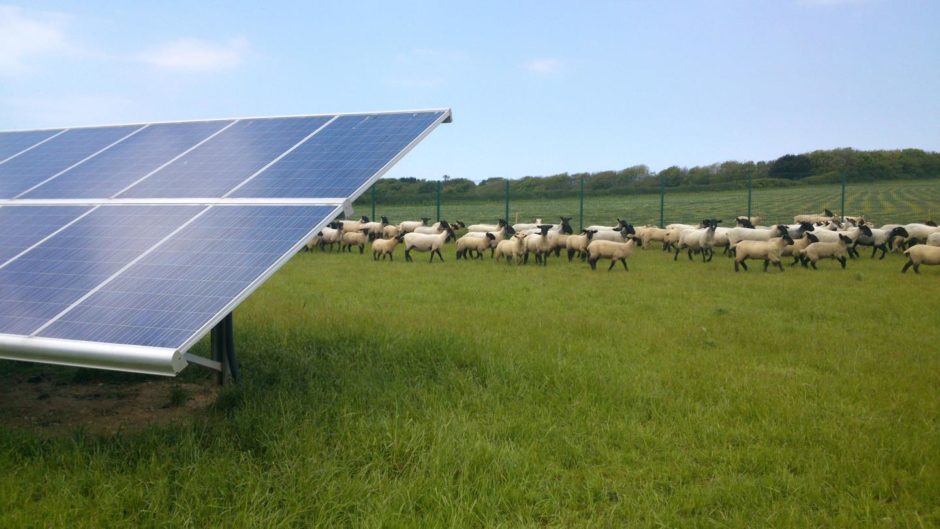
The UK Government is taking an increasingly firmer line on prioritising using the highest-quality agricultural land for food production rather than for developing new solar farms.
In comments made to Parliament on May 15, UK Energy Security Secretary Claire Coutinho described food production and solar as “competing priorities”.
This has led to some pushback from the solar industry, though overall it does not appear overly concerned over the impact on the industry, given Coutinho’s other comments, in which she reiterated the government’s support for solar power, and particularly for expanding the deployment of rooftop solar.
In her comments, Coutinho cited heightened geopolitical risk as the reason that both food security and energy security had taken on additional urgency.
The government has decided, however, that in the face of increased global instability, ‘Best and Most Versatile’ (BMV) land should be prioritised for food production.
Meanwhile, solar developers should avoid BMV land, instead building new capacity on “brownfield land, contaminated land, industrial land and lower-quality agricultural land” so as not to compromise the UK’s food security, said a government announcement from the same day that Coutinho spoke on the topic in Parliament.
This is in line with other recent UK Government statements, including the National Policy Statement for renewable energy infrastructure (EN-3), which was issued in January and called for large-scale ground-mount solar infrastructure to be developed mainly on “brownfield, industrial and low- and medium-grade agricultural land”.
Doubling down
Coutinho’s latest comments suggest that the government is now doubling down on this.
She told Parliament that her department would be expanding its renewable energy planning database to include additional information on the types of agricultural land used by existing solar projects and those being proposed.
This, Coutinho said, would enable the government to monitor the use of land by renewable projects in all regions of the UK more closely.
Coutinho also said the government would be introducing independent certification of the soil surveys that are carried out as part of the planning process for solar development.
This comes after concerns had arisen over the “perceived inaccuracy and unfairness” of these surveys, according to her.
These steps come in parallel with efforts to incentivise rooftop solar, including by having it play a significant role in the Future Homes Standard, which the government will be launching “shortly,” according to Coutinho.
The Future Homes Standard will be aimed at cutting emissions from new UK homes and improving their energy efficiency from 2025 onwards.
Reaction
Trade associations have pushed back against certain aspects of Coutinho’s comments, while welcoming those statements that suggested continuity in policy.
Solar Energy UK noted that the only “significant” change announced by Coutinho was related to the perceived accuracy of soil quality grading.
Both Coutinho and UK Prime Minister Rishi Sunak’s broader comments on food security appeared to be directed at a “small minority of anti-solar Conservative backbenchers, rather than decision-makers in local councils,” the group went on to say in a statement.
“Solar farms take up a tiny fraction of the country, which will still be the case in 2035 when the government expects us to have four times current solar generation capacity,” stated Solar Energy UK CEO Chris Hewett.
“They are no threat to food security; they never have been and never will be. In fact, it’s the opposite.”
Hewett added that according to the UK Department for Environment, Food and Rural Affairs (Defra), the main threat to food security was climate change, which, he added was what solar farms are being built to combat.
The Association for Renewable Energy and Clean Technology (REA) had a similar reaction, pointing to how little agricultural land would be used for solar projects even if all proposals were to go ahead and also highlighting climate change as the larger threat to food security.
REA noted that existing planning guidance already ensures that the highest quality agricultural land is not built on and takes development concerns into account.
It said that the planning for solar farms had been reformed only six months ago, clarifying at the time that solar farms should not be approved on the highest-grade agricultural land.
The need for this “additional intervention” is therefore unclear, the group added.
Recommended for you
